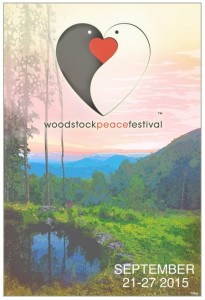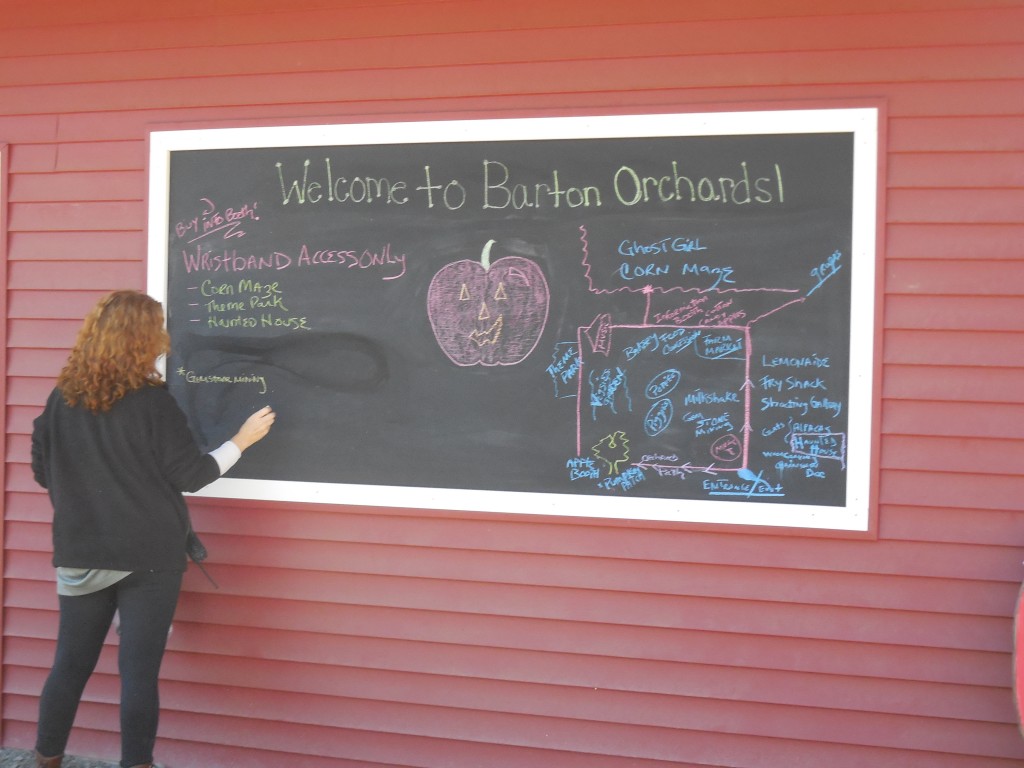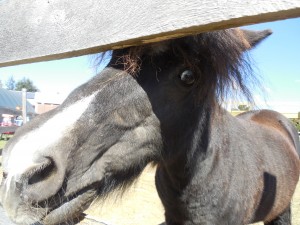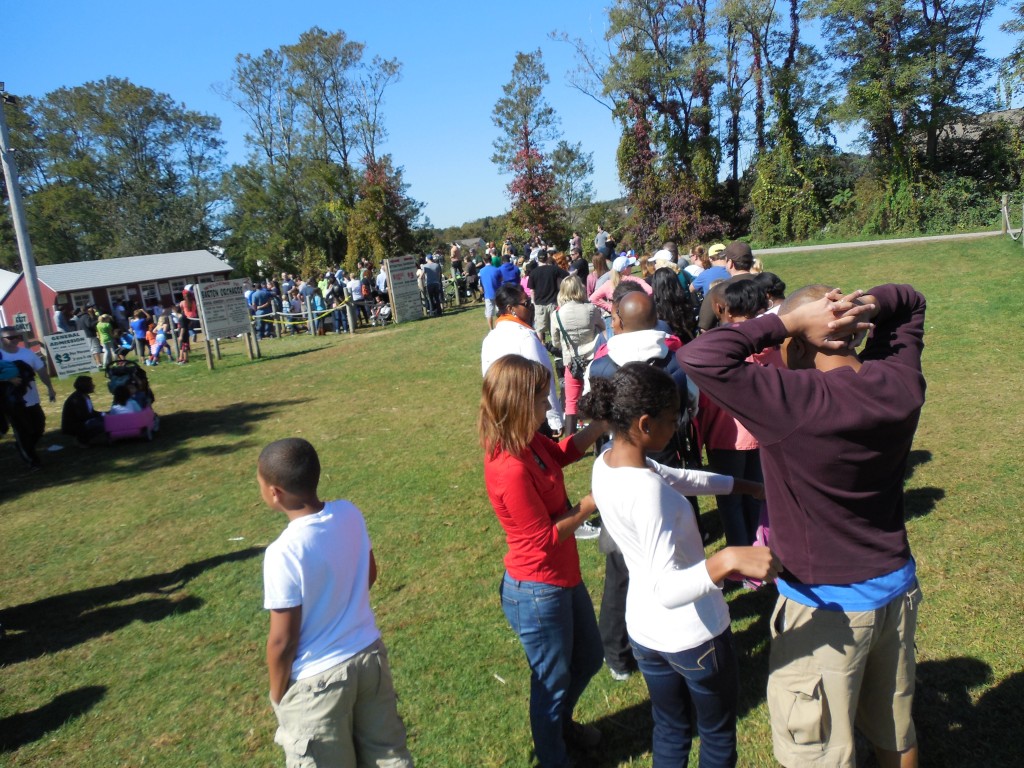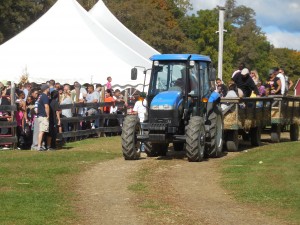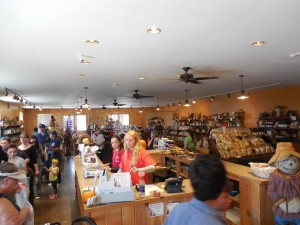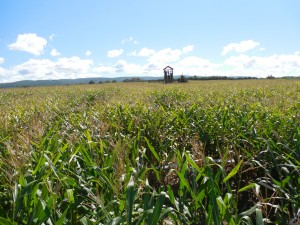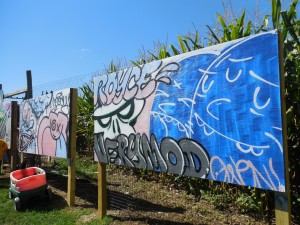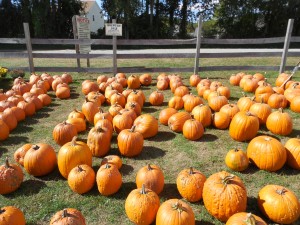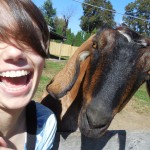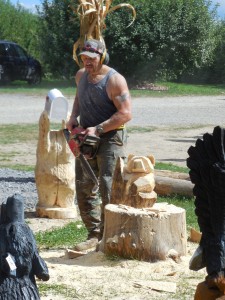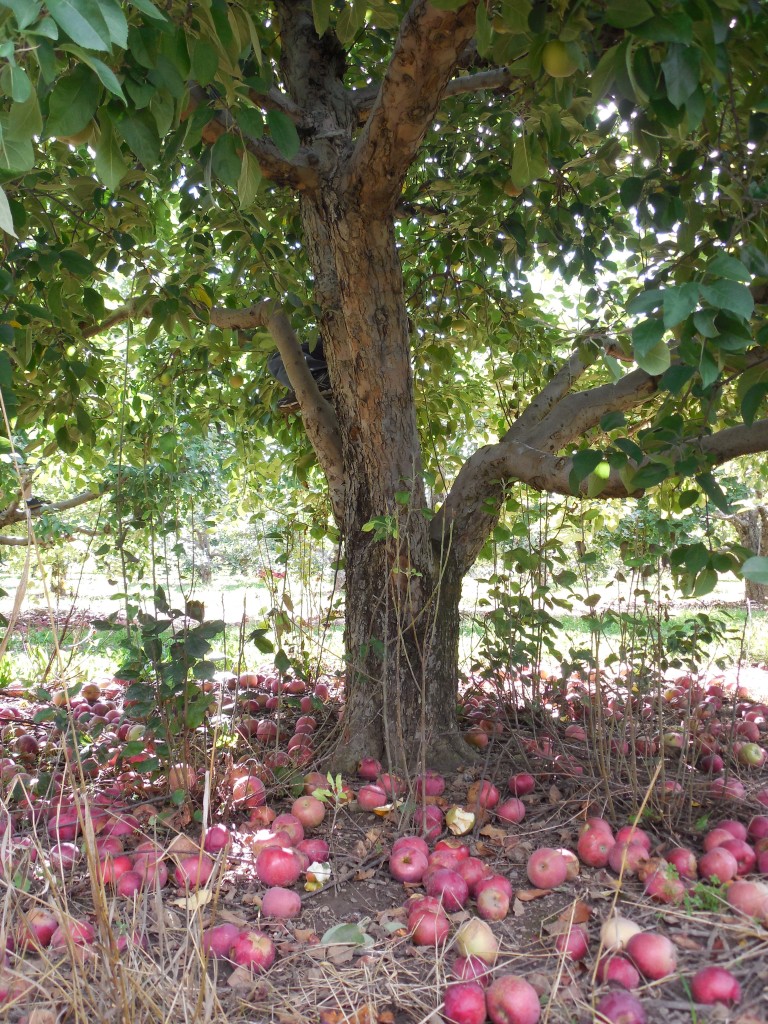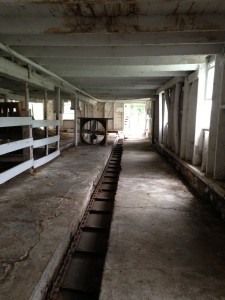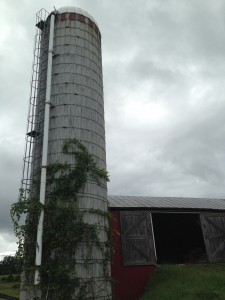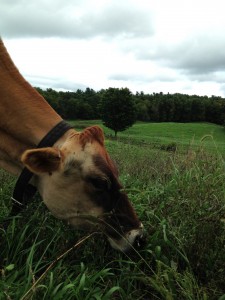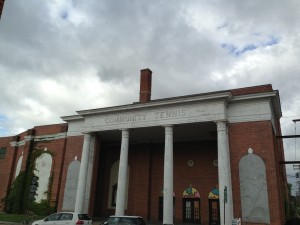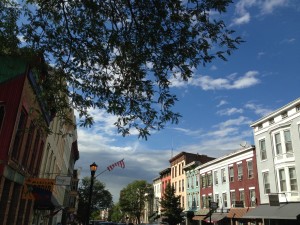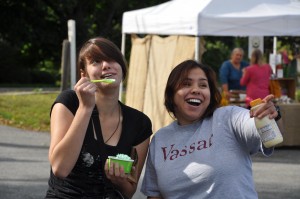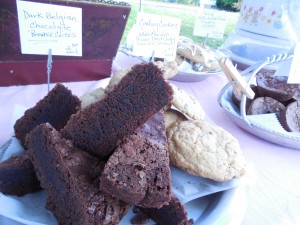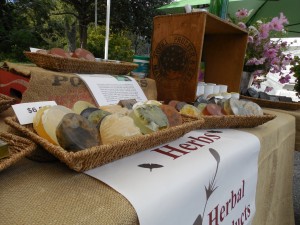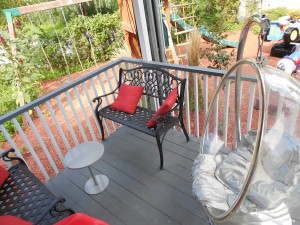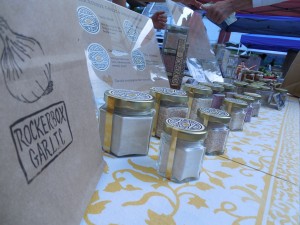Woodstock, New York is a small town with a rich history. In 1903, Byrdcliffe Art Colony came to Woodstock, and from that point on art and music became an integral part of the community’s culture. Famous artists and musicians were created from Woodstock, and countless others moved to the town in pursuit of a place that shared their values and people with whom they could create. What has place the town in an international dialogue is the the 1969 Woodstock festival, with artists like Jimi Hendrix, Janis Joplin, The Grateful Dead, and many more performing and joining the crowd in celebrating the music. However, the festival did not actually take place in Woodstock, though that was the initial desired location.
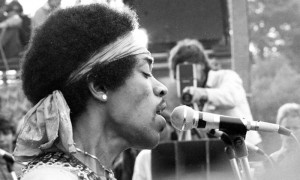
Jimi Hendrix was the last act to perform at the iconic Woodstock Festival in 1969, courtesy of all-that-is-interesting.com
Since the counter-culture revolution that was Woodstock Festival, the town has continued to nurture the values of creativity, community and peace. On September 21, the International Day of Peace, the town began its first ever Woodstock Peace Festival. The opening ceremony took place on that Monday, at Bearsville Theater, followed by a project, making flags for peace, on Saturday. Sunday was the main festival, where the Bearsville Theater displayed the flags and hosted, yoga, meditation, peace talks and community discussions, as well as a picnic and musical acts, including the local Simi Stone.
The stated mission of the festival on its event page was to create “a joyful, holistic, community gathering to celebrate and amplify the message of peace.” No entry fee was required to enjoy the activities and performances, but a donation was suggested for the benefit of the Woodstock Peace Center, the launch of which the festival was celebrating. The Peace Center will blossom into “an international peace education program for the community’s next generation.”
Only a 7-10 minute drive from the center of town, the Bearsville Complex feels like its own small village. The buildings on site emanate the warmth of a home with their rustic architecture. On the day of the festival, the theater welcomed people of all ages to watch the performances. The fire pit between the restaurants and theater had gathered people looking to sit and talk, and though the fire was not lit that afternoon, there was a different kind of light they shared between them. The complex itself sits alongside a shallow, bubbling creek, which hums along with the insects. We stepped inside the theater to catch the last two musicians of the day, Amy McTear and Simi Stone. Though there were not over 50 chairs, each was filled, and people were standing along the sides of the auditorium, softly singing along with the men and women on stage, who were dressed in white, aglow in the orange backlight. And though the performances ended only an hour later, concluding the actual festival, the celebration was not over.
Weekends in Woodstock are normally busy, tourists visit the town’s center for shopping and dining and weekend residents from New York City walk about running errands or just to enjoy the small town life. But amidst the movement of crowds, the Woodstock drum circle has just sat down in the center of the square. Men and women of many ages, who have grown up in the community, sit together, and play their different instruments, in a coordinated effort. Visitors are welcome to watch, and dance along, but it is clear that this performance is for the players, something they have been raised with or taught and now are passing along to the next generation. It is a rite unique to the Woodstock community, and its strength is that it has persisted through so many generations, decades and realities.
For more information on the past Woodstock Peace Festival, and the Woodstock Peace Center, visit the project’s website here.

